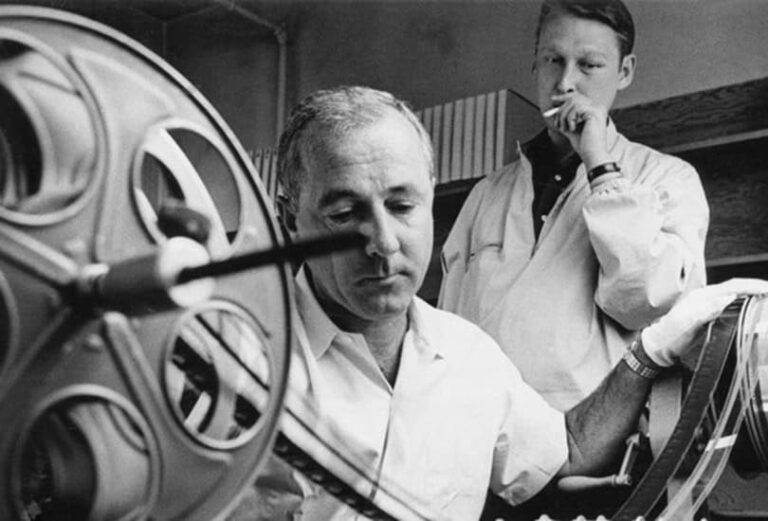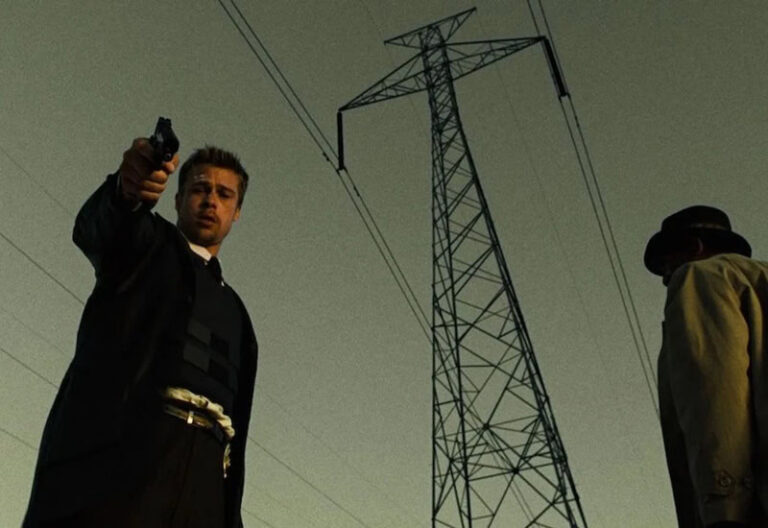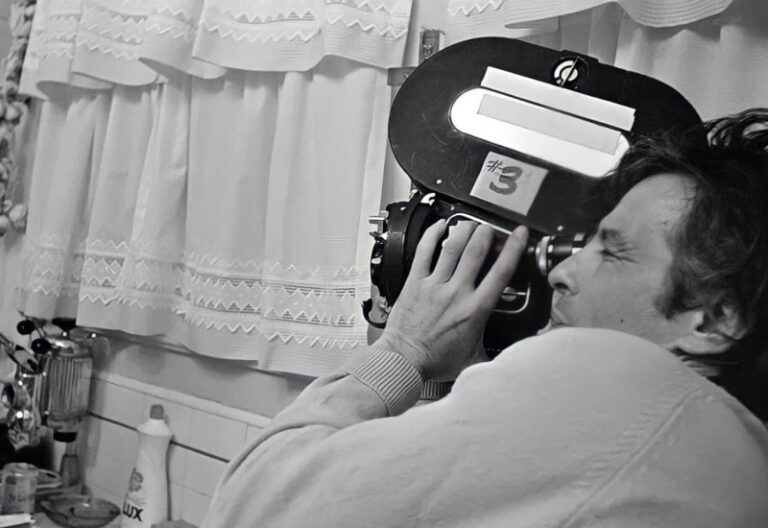film blog
page 3
Published by CinemaWaves | Feb 13, 2025
Emerging from the feminist movements of the 1960s and 1970s, feminist film theory critiques the portrayal of women in film, the male gaze, and the ways in which cinematic techniques shape audience perception of gender. By examining both classical Hollywood cinema and...
Published by CinemaWaves | Feb 01, 2025
The term Lynchian has become a shorthand to describe a unique blend of the mundane and the bizarre, where eerie undercurrents lie beneath everyday realities. Coined to encapsulate Lynch’s unparalleled approach to storytelling, the term not only applies to his own films and...
Published by CinemaWaves | Jan 20, 2025
Blaxploitation is a film subgenre of action and exploitation films that emerged in the early 1970s, characterized by its focus on African American protagonists, urban settings, and themes of empowerment, resistance, and social justice. The term itself is a portmanteau of...
Published by CinemaWaves | Jan 07, 2024
The Kuleshov Effect is one of the most influential concepts in film theory, demonstrating the power of editing to create meaning and manipulate audience perception. Named after Russian filmmaker and theorist Lev Kuleshov, this phenomenon underscores how the juxtaposition of...
Published by CinemaWaves | Dec 26, 2024
Film editing, often referred to as the "invisible art," is the process of selecting, arranging, and assembling shots to create a cohesive and compelling story. It plays a pivotal role in shaping a film's narrative, pacing, and emotional resonance. By combining visuals, sound, and timing...
Published by CinemaWaves | Dec 17, 2024
A plot twist is a narrative technique used to subvert audience expectations by introducing an unexpected turn of events that changes the trajectory or meaning of a story. It is often deployed to surprise, shock, or emotionally engage viewers, reshaping their understanding...
Published by CinemaWaves | Dec 08, 2024
Kino-Eye (Cine-Eye) was a pioneering film technique founded by Soviet filmmaker Dziga Vertov in the early 1920s. It emerged as part of a larger avant-garde movement in post-revolutionary Soviet Russia, aiming to redefine the role of cinema in society. Unlike traditional...
Published by CinemaWaves | Nov 28, 2024
Tech noir is a subgenre of science fiction, which combines futuristic technology with the dark, moody aesthetic of film noir. The genre dives into dystopian worlds where humanity and technology collide, exploring themes like surveillance, identity, and moral ambiguity...
Published by CinemaWaves | Nov 20, 2024
Guerrilla filmmaking style is a raw and independent approach, defined by its low budget, limited resources, and unconventional production methods. Over time, guerrilla filmmaking has become an integral pillar of independent cinema, celebrated for its ingenuity, authenticity...
Published by CinemaWaves | Nov 13, 2024
Space opera is a famous and beloved subgenre of science fiction, celebrated for its grand scope, epic adventures, and often heroic tales set in outer space. Unlike hard science fiction, which tends to emphasize scientific accuracy and realism, space opera prioritizes...










